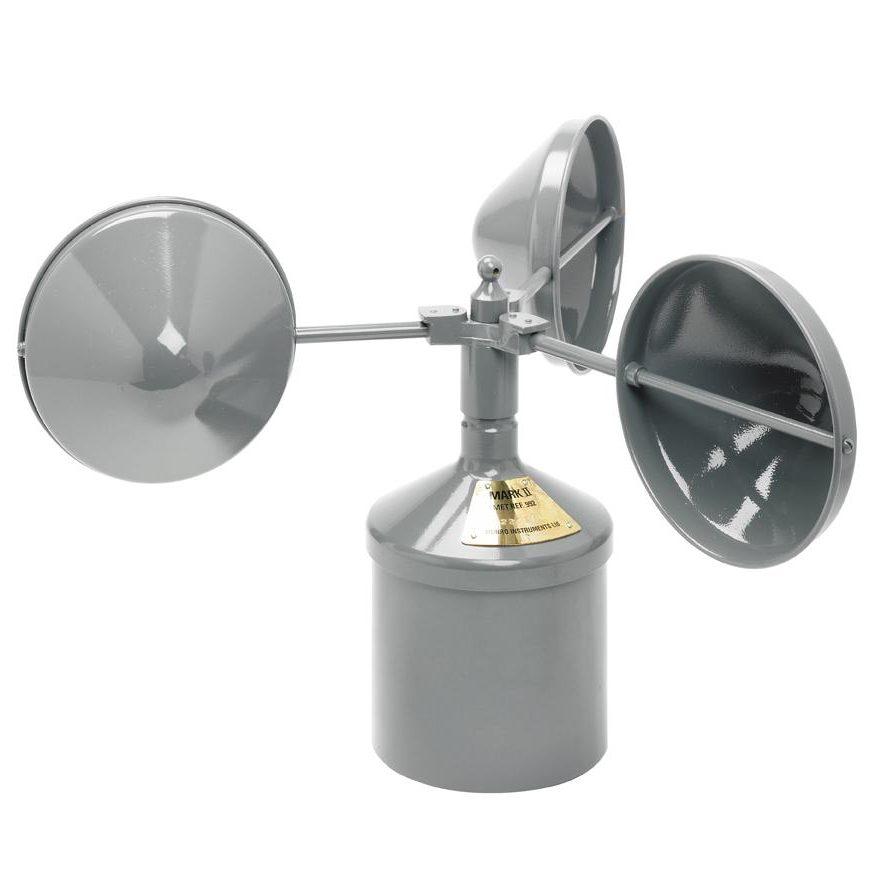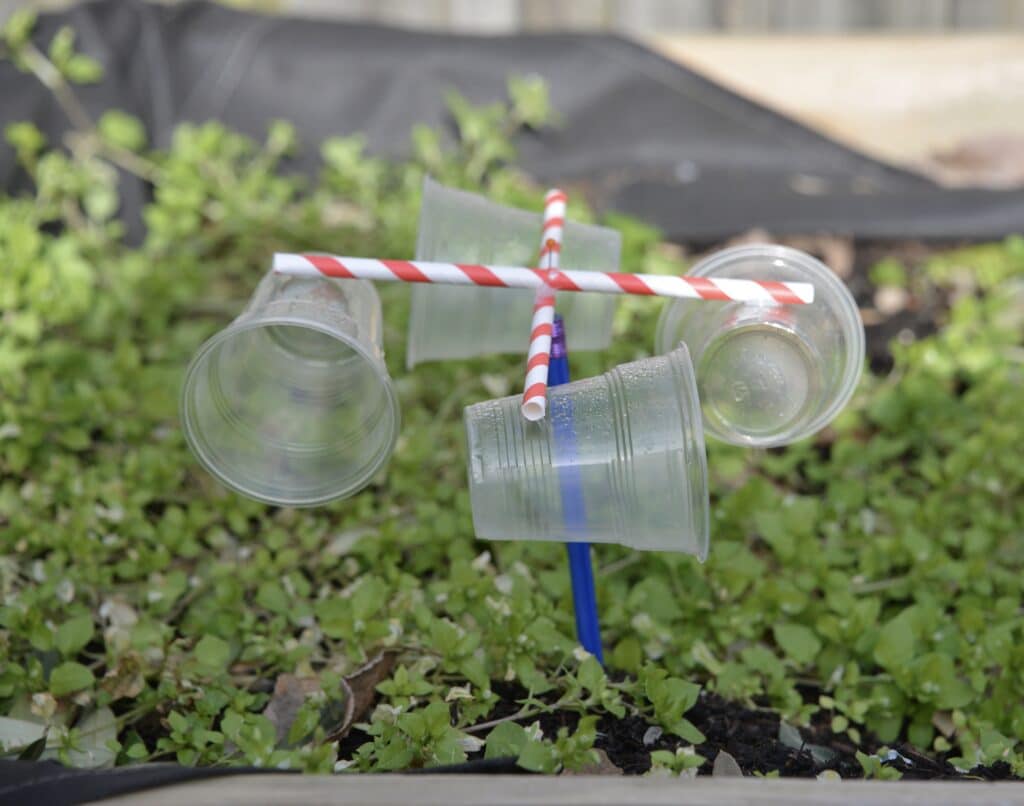All You Need to Understand About Anemometers: Exactly How They Function, Why They Issue, and Where to Make use of Them
Anemometers, though typically ignored in the world of clinical instruments, play a critical function in numerous fields, offering valuable insights right into wind rate and airflow patterns. Understanding the auto mechanics behind these devices is essential for anyone looking for to harness the power of this information. From meteorologists tracking climate patterns to engineers making structures with wind lots in mind, the applications of anemometers are far-ranging and diverse. As we explore the ins and outs of anemometer innovation, we will certainly uncover the internal operations of these tools, their value, and the crucial considerations when selecting the best anemometer for details applications.

Anemometer Basics
A necessary instrument used to gauge wind rate and direction, the anemometer plays a crucial function in meteorology and various industries. An anemometer normally consists of three or 4 mugs that revolve in the wind, a vane that points into the wind, and sensing units to track the turnings or activities.
There are various types of anemometers available, including cup anemometers, vane anemometers, hot-wire anemometers, and sonic anemometers, each with its special attributes and applications. Mug anemometers are generally used for standard wind rate measurements, while vane anemometers are liked for directional measurements.
Concepts of Anemometer Operation
Structure on the foundational understanding of anemometer essentials, the principles of anemometer operation clarify the mechanics behind wind rate and instructions dimensions. Cup anemometers, for instance, have 3 or even more mugs that catch the wind, triggering them to rotate much faster as the wind rate boosts. Hot-wire anemometers depend on a heated wire that cools down as wind passes over it, with the rate of cooling identifying the wind speed.
Value of Anemometers
Anemometers play a vital role in determining wind speed and instructions, providing crucial information for weather projecting, climate researches, ecological surveillance, and aviation operations. Meteorologists rely on anemometers to collect exact wind data, assisting them recognize weather patterns, predict tornados, and problem timely cautions to the public. Wind farm drivers utilize anemometers to analyze wind conditions and take full advantage of electrical energy manufacturing from wind generators.
Applications Throughout Different Industries
Applications of anemometers cover throughout diverse markets, showcasing their versatility and energy past meteorology. In the sustainable energy field, anemometers play a vital role in analyzing wind problems for wind farm placements, making certain optimal power production. Industries like building and mining use anemometers to check wind rates, essential for safety procedures, specifically when functioning at elevations or in open-pit mines where strong winds can present threats. Anemometers are also integral in the air travel industry, helping pilots in comprehending airspeed and wind direction for secure take-offs and touchdowns. The maritime field gain from anemometers for ship navigating, helping sailors prepare for weather condition adjustments and readjust routes as necessary. In agriculture, anemometers help farmers in handling plant splashing by offering real-time data on wind speed to stay clear of drift. Anemometers locate applications in Heating and cooling systems to enhance airflow and enhance energy performance in structures. The varied usage situations of anemometers underscore their relevance throughout numerous sectors, highlighting their vital duty in enhancing operational security and performance (anemometer).

Selecting the Right Anemometer for Your Needs
For basic objectives, a mug anemometer is appropriate for gauging wind speed, while a vane anemometer provides wind direction data. Hot-wire anemometers are perfect for reduced airspeed measurements, and ultrasonic anemometers supply high accuracy and durability.

Conclusion
To conclude, anemometers play an important function in determining wind speed and instructions across various markets. Recognizing the concepts of anemometer operation is important about his for selecting the right gadget for certain requirements. From weather forecasting to air travel, anemometers are vital tools for collecting accurate data and making certain security in different applications. It is necessary to take into consideration the value of anemometers in order to make informed decisions when choosing the most appropriate device for measuring wind problems.
There are different kinds of anemometers available, including mug anemometers, vane anemometers, hot-wire anemometers, and sonic anemometers, each with its unique features and applications. Mug anemometers are generally utilized for fundamental wind rate dimensions, while vane anemometers are favored for directional measurements. Hot-wire anemometers are suitable for low airspeeds, and sonic anemometers are ideal for high-precision dimensions in research and commercial setups.Building on the fundamental understanding of anemometer fundamentals, the principles of anemometer procedure illuminate the auto mechanics behind wind rate and direction measurements. For general functions, a cup anemometer is appropriate for determining wind speed, while a vane anemometer explanation supplies wind direction information.